
By Mark McConville
THE BRUTAL reality of World War Two has been brought to life in a series of stunning yet emotional colourised images from one of the world’s most devastating conflicts.
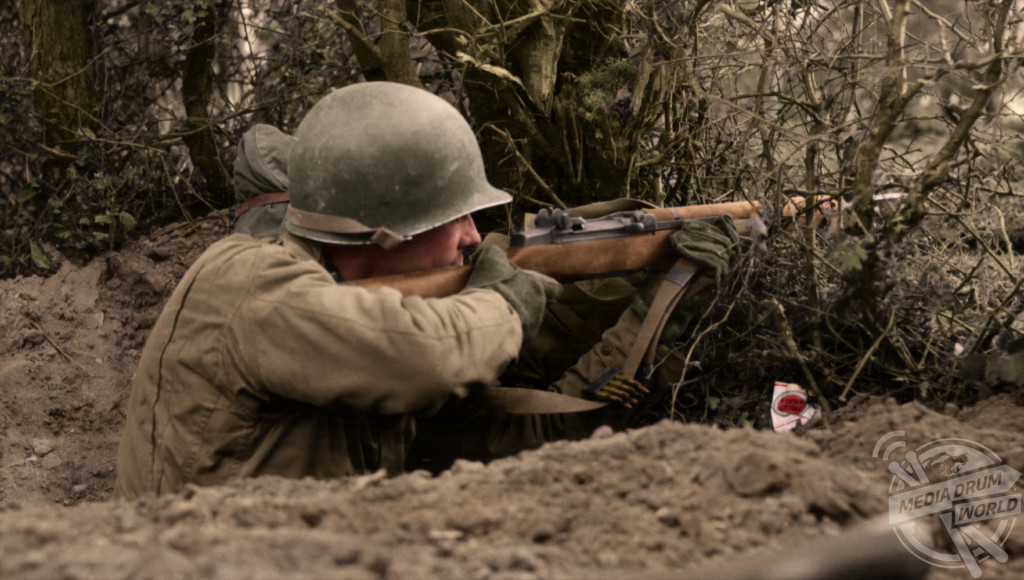
Paul Reynolds / mediadrumworld.com
Striking shots show Sgt Jake McNiece of the 101st Airborne Division, ready to drop into Normandy, a Marine comforting a brother who broke down after witnessing the death of a friend and American troops walk down a war ravaged street, Messina, Sicily.
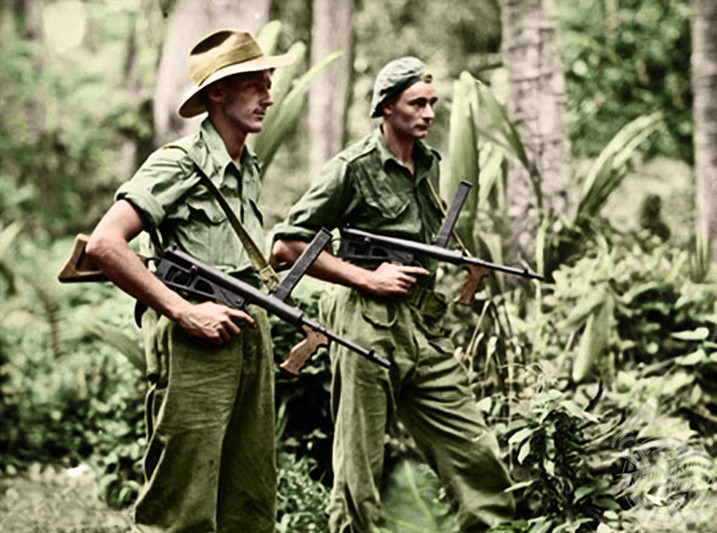
Paul Reynolds / mediadrumworld.com
Other vivid colour pictures show U.S Army military policemen toasting bread over molten lava from Mt Vesuvius after its eruption, Guardsmen of 3rd Irish Guards in a Lloyd carrier, wrapped up against the clouds of dust, during Operation ‘Goodwood’, and the crew of the B-17 Flying Fortress “Memphis Belle” is shown at an air base in England after completing 25 missions over enemy territory.
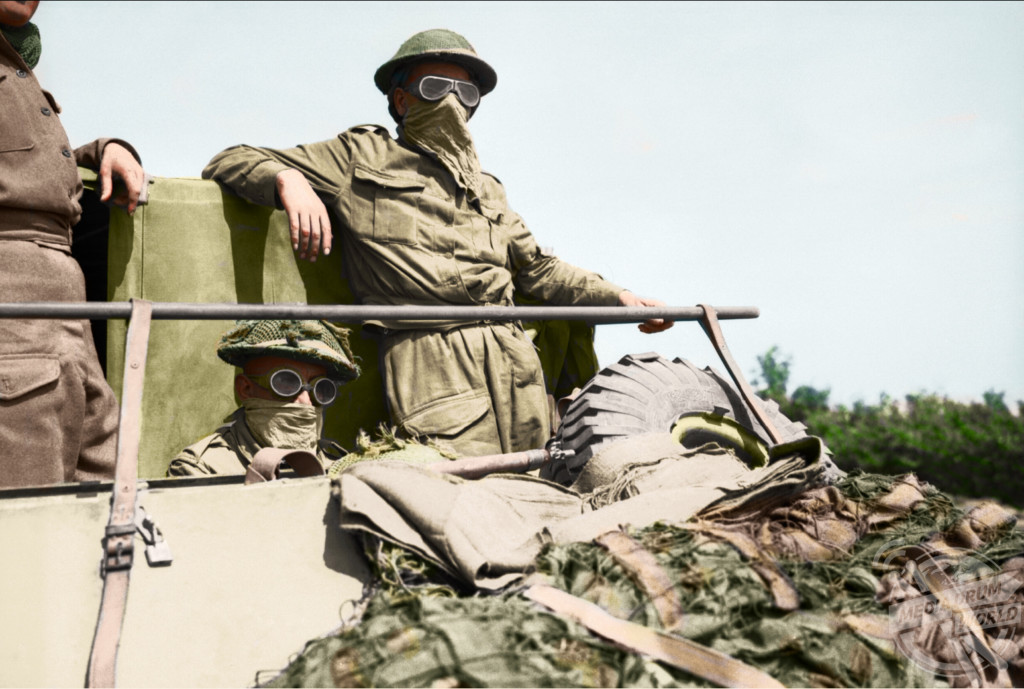
Paul Reynolds / mediadrumworld.com
The original black and white photographs were painstakingly colourised by design engineer Paul Reynolds (48), from Birmingham, UK.
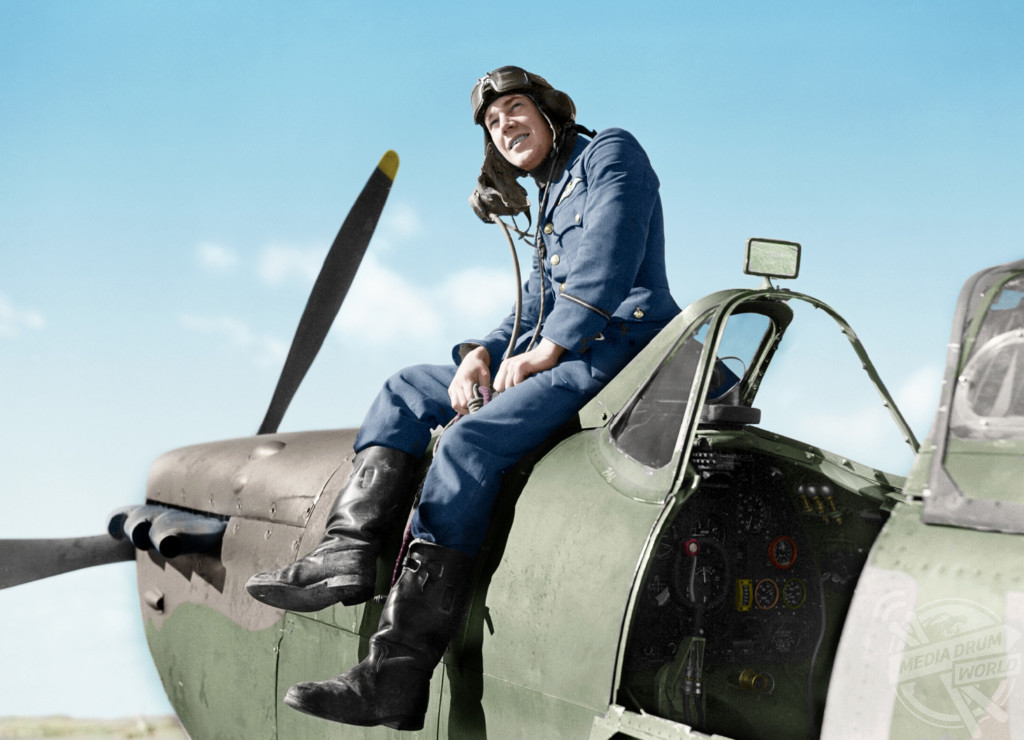
Paul Reynolds / mediadrumworld.com
“I mostly colourise war photos because each photo usually has a story to tell, stories of real everyday people,” he said.
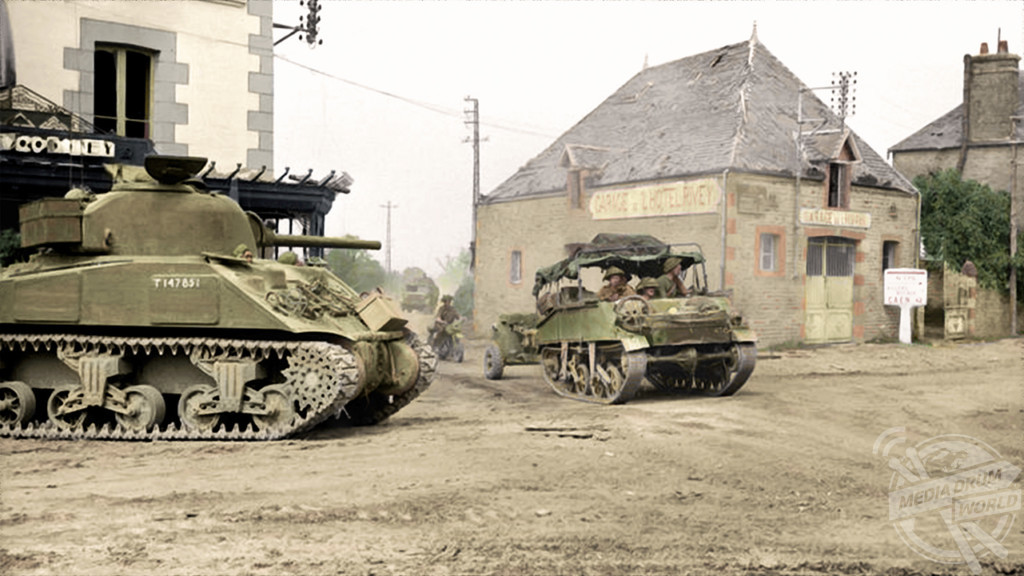
Paul Reynolds / mediadrumworld.com
“I think colourising detailed photos really brings them to life. You notice detail that usually gets missed due to the monotone background.
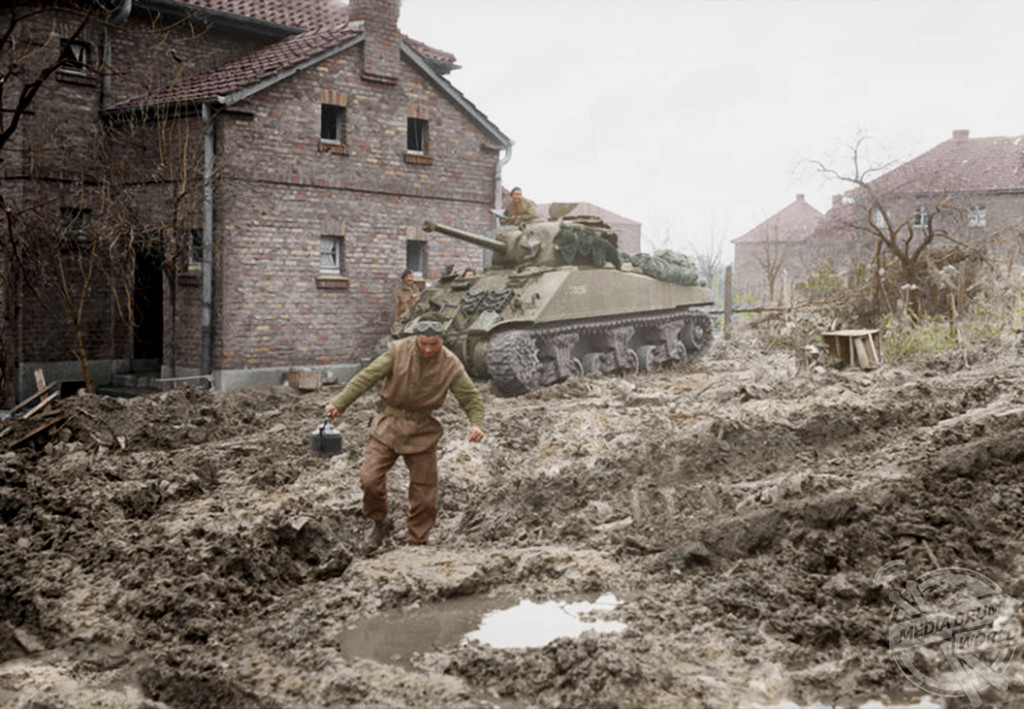
Paul Reynolds / mediadrumworld.com
“The content of the photo conveys its own message; however I am glad that by colourising these photos more people are aware of the happenings of WWII.”
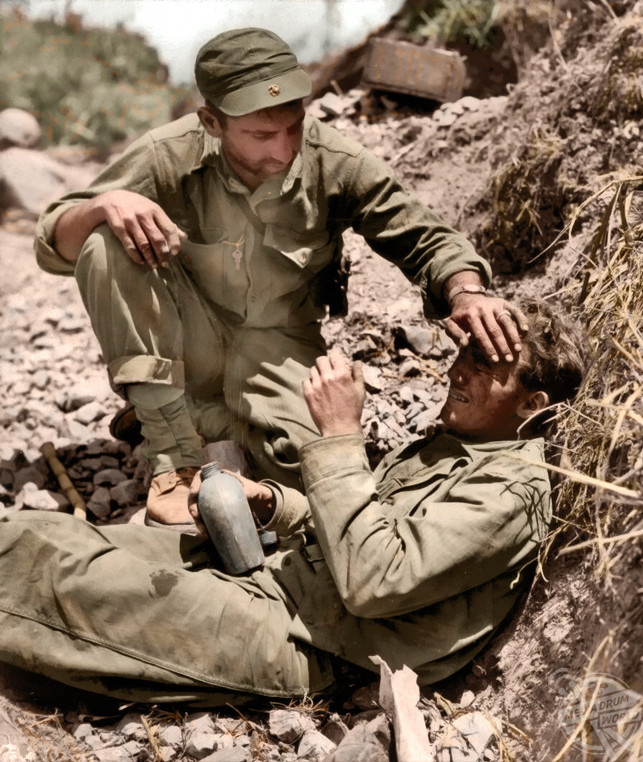
Paul Reynolds / mediadrumworld.com
Paul explained how he added colour to the old photographs and the problems he ran into along the way.
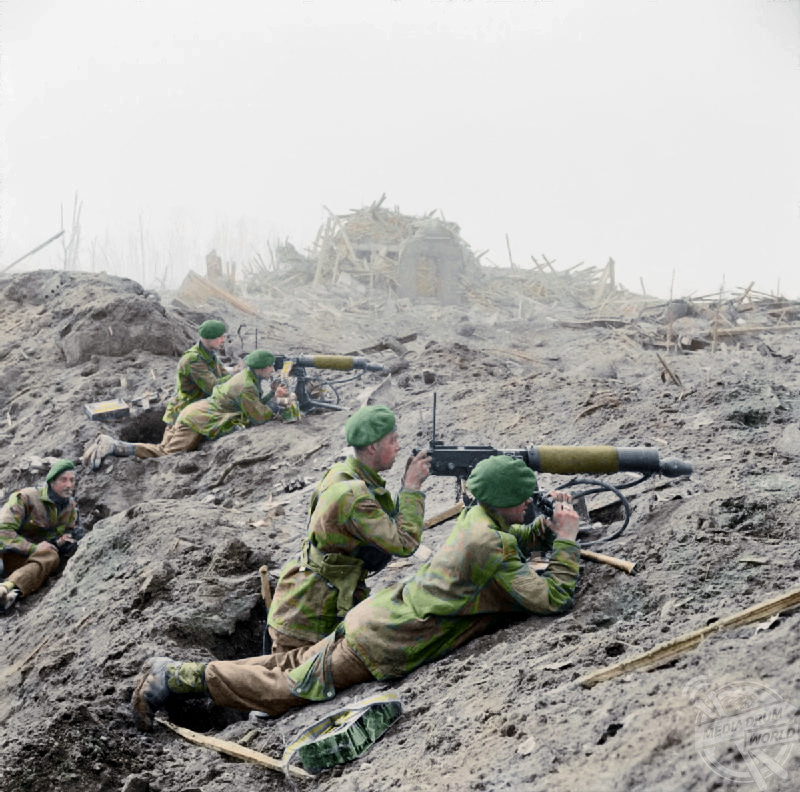
Paul Reynolds / mediadrumworld.com
“I use a digital pen and pad and basically layer on the colour as you would with a painting,” he said.
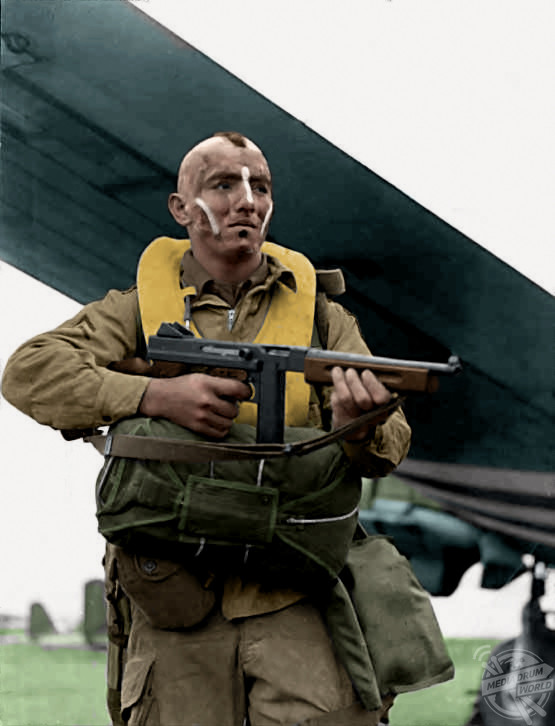
Paul Reynolds / mediadrumworld.com
“I’ve painted from an early age so this transition to digital was quite easy for me. The only problems I come across are the condition of the photos especially private commissions.
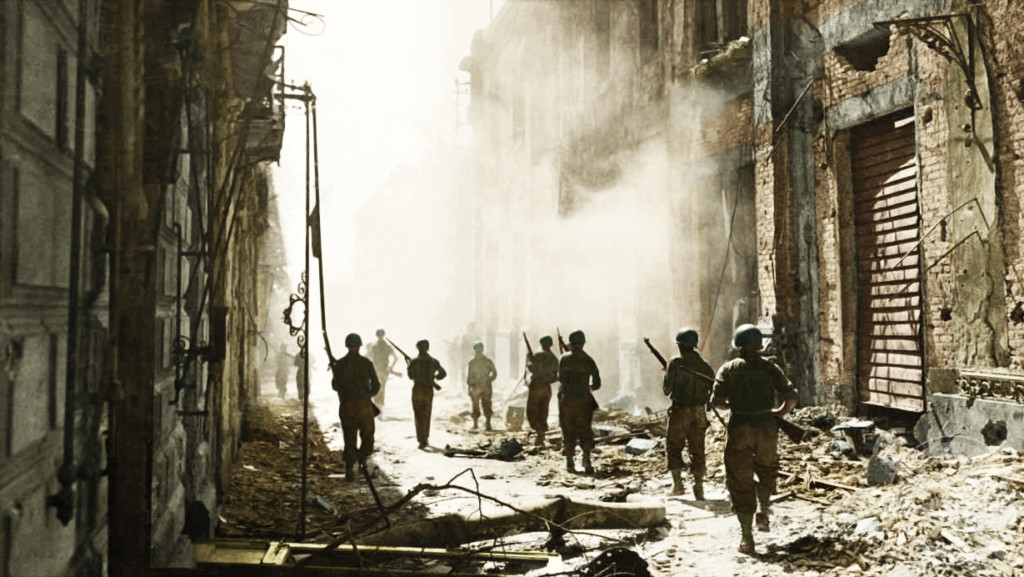
Paul Reynolds / mediadrumworld.com
“Most are torn, folded, creased, water damaged, dust spots and discoloured which then has to be digitally repaired with a brush, this process usually takes longer than the paint, but the finished photo is 100% sharper and more pleasing on the eye.”
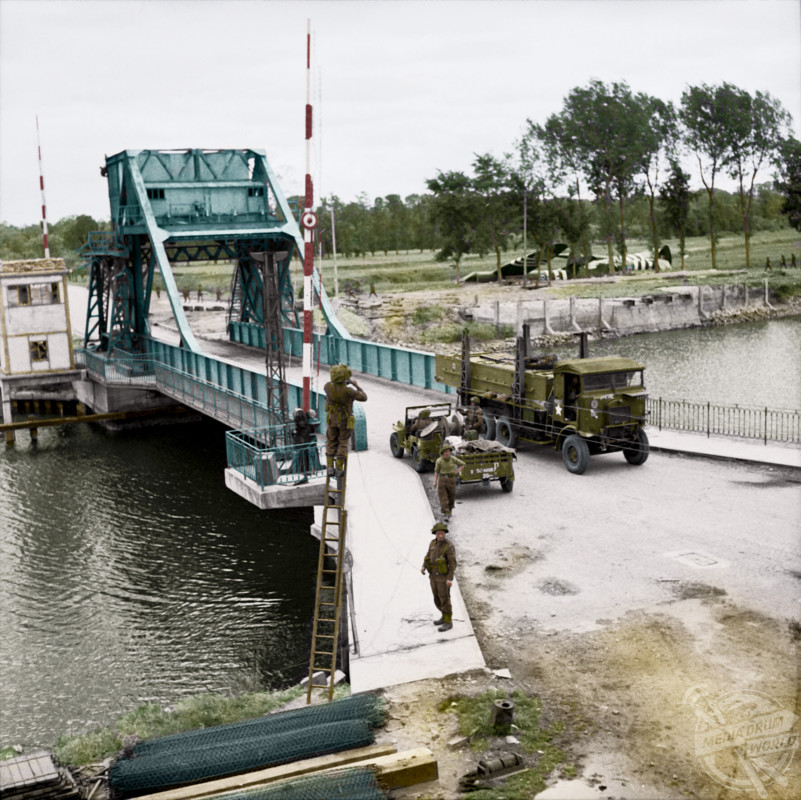
Paul Reynolds / mediadrumworld.com
Striking images like these are featured in British author Michael D. Carroll’s new book, Retrographic on the colourisation of historical images. It is available on Amazon now for £16.85.
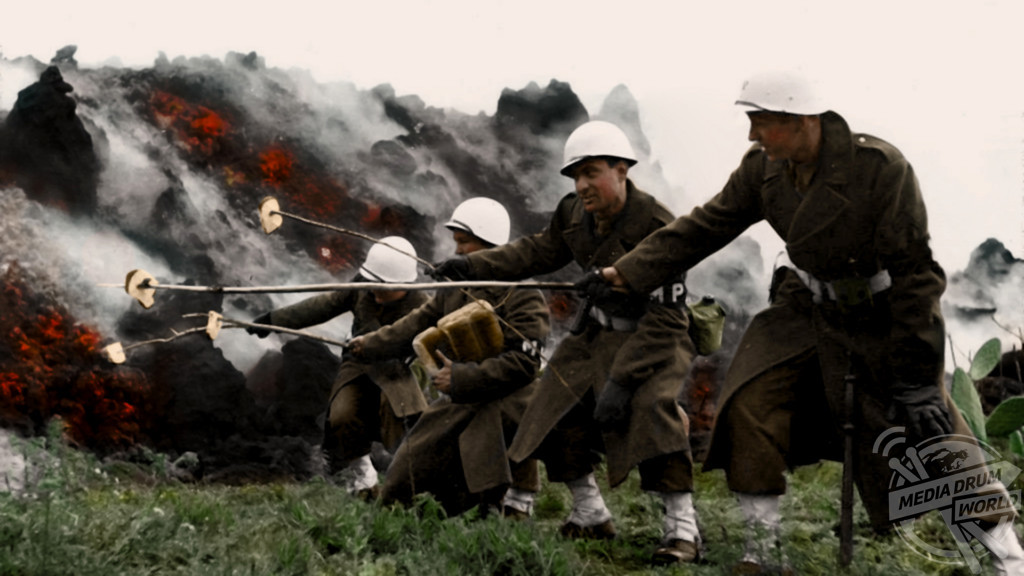
Paul Reynolds / mediadrumworld.com
For more information visit: https://www.amazon.co.uk/Retrographic-Historys-Exciting-Images-Transformed/dp/1908211504






